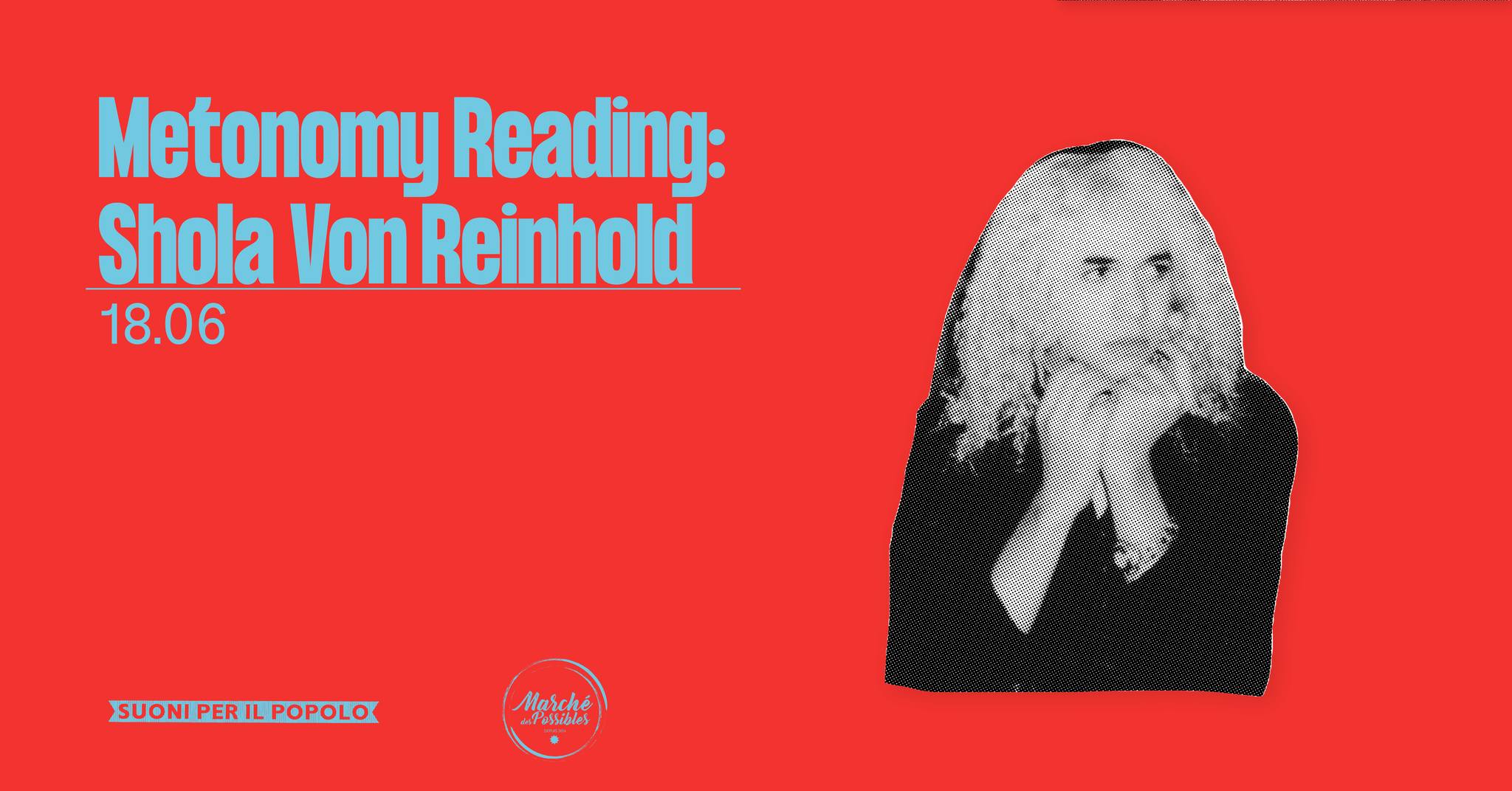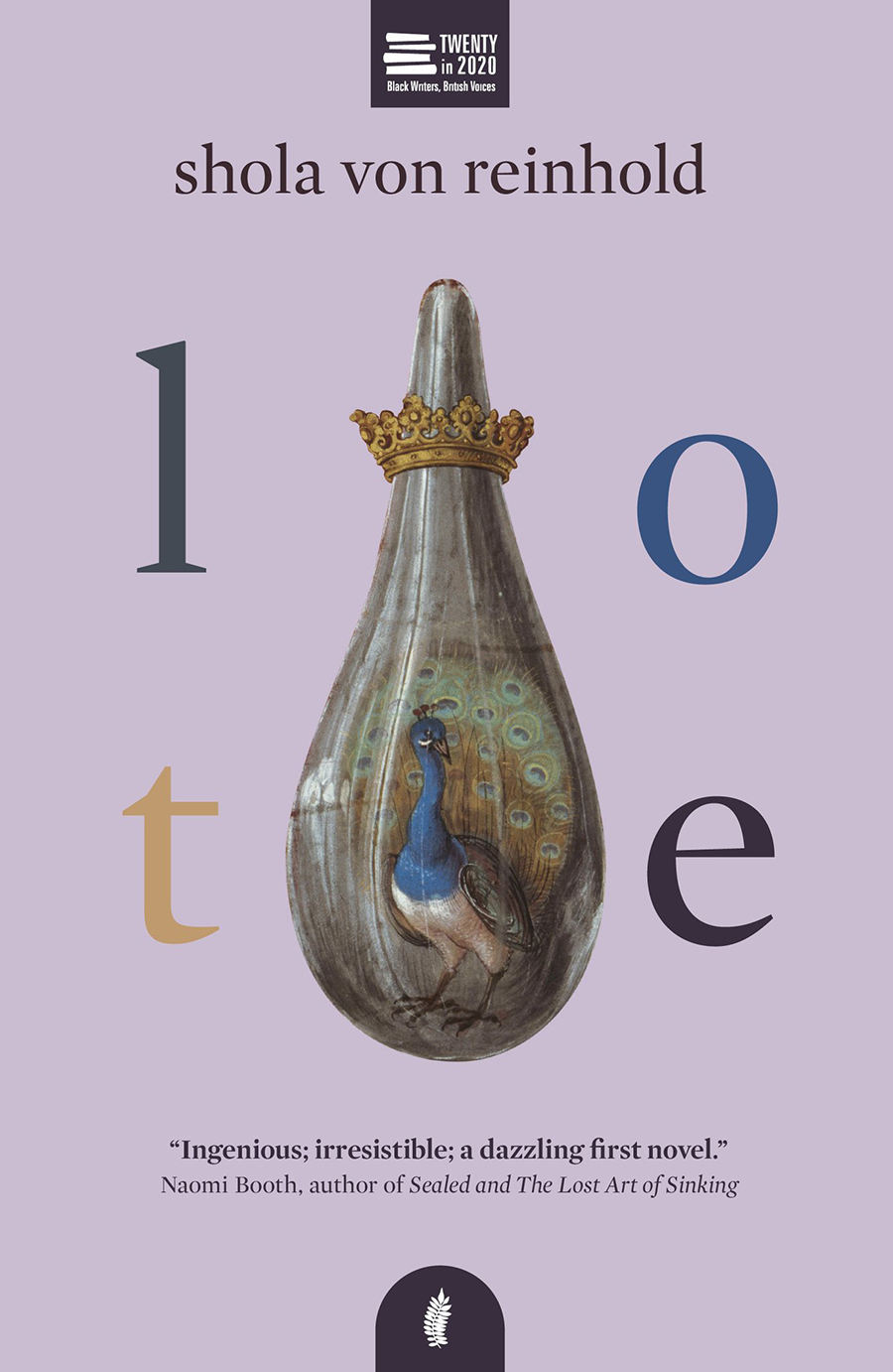
(The experience thereof is described with such sensual amplitude that you might miss the word play: trans fictions.) To be transfixed for Mathilda is to be fixed with transcendent longing, a sense of something being there and something missing it’s to feel seen while seeing something as delicate as a single century-old picture or half of a name… When research on her latest Transfixion, Hermia Druitt-a glamorous poet pictured alongside “Bright Young Thing” Stephen Tennant in Late Renaissance angel costume, who was also known (one of the few bits of information Mathilda has) as “the Negress of Dun-” leads Mathilda to join a well-financed artist residency in the small European town of… Dun, the archive starts to come alive. Mathilda calls these figures and the altered state they inspire transfixions.

Mathilda is beyond obsessed: she is transfixed by select Black, queer, trans, and/or femme figures from the past, information on whom is often very sparse. This brief encounter reveals that LOTE’s first-person narrator is Black in a white dominated space, something she seems used to, as she deftly deals with the power-drunk door boy “James.” We also learn that Mathilda is wearing “eBay lab diamonds, silver leatherette and lead velvets,” an almost-synesthetic description that places us post-Internet while leaving much to the imagination. Should you answer the call to research, you may find yourself becoming a version of the novel’s protagonist, Mathilda Adaramola, whose name the reader learns on the book’s second page when an “incensed blond twink” tries to stop her from entering the London archive she is volunteering in.


LOTE is rich, in the non-sarcastic sense: Layered and ornate, the text is a luxury to re-read, tie-ing in, as it does, and so leading out, if you’re curious, into a vast world of research and observation, complementing specialized histories with contemporary realities dressed in clever analogies. Some of them-Josephine Baker, Virginia Woolf-may be recognizable, others-Ardizzoni, Sarah Montmorency, Luisa Casati, John Garreaux-may be less so, because they are fictional or niche-historic.

Shola von Reinhold’s debut novel LOTE is decorated with names as iconic as the author’s own.


 0 kommentar(er)
0 kommentar(er)
